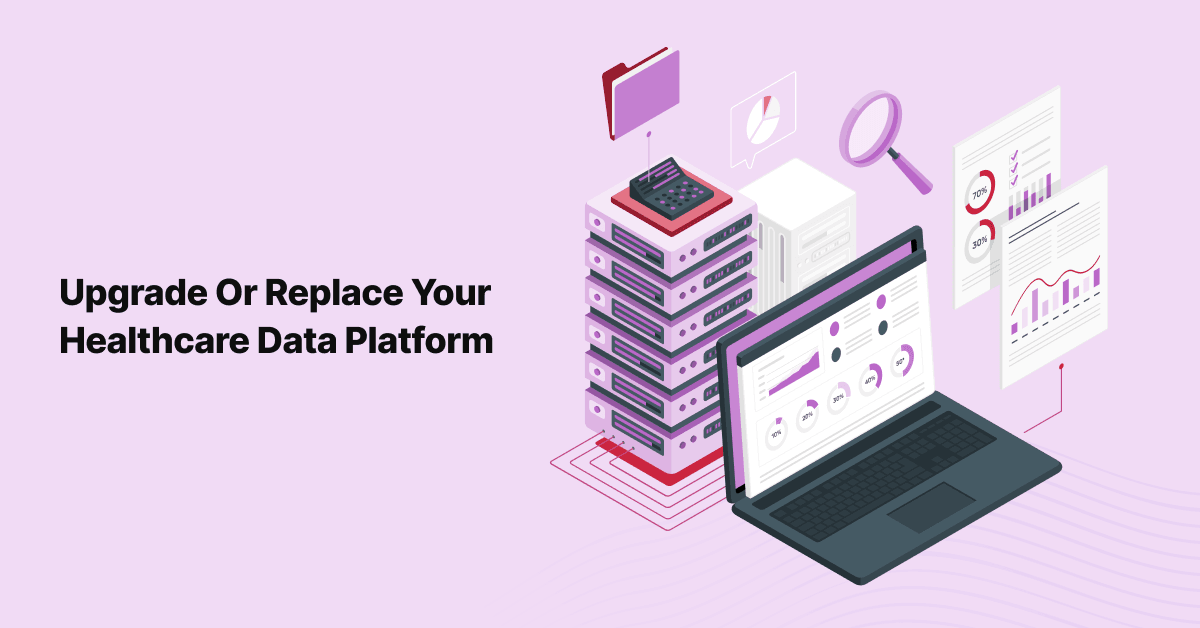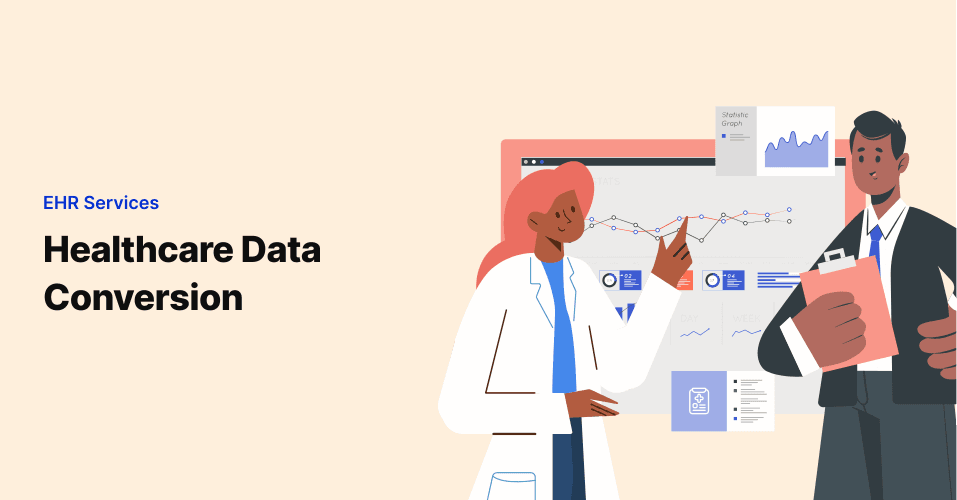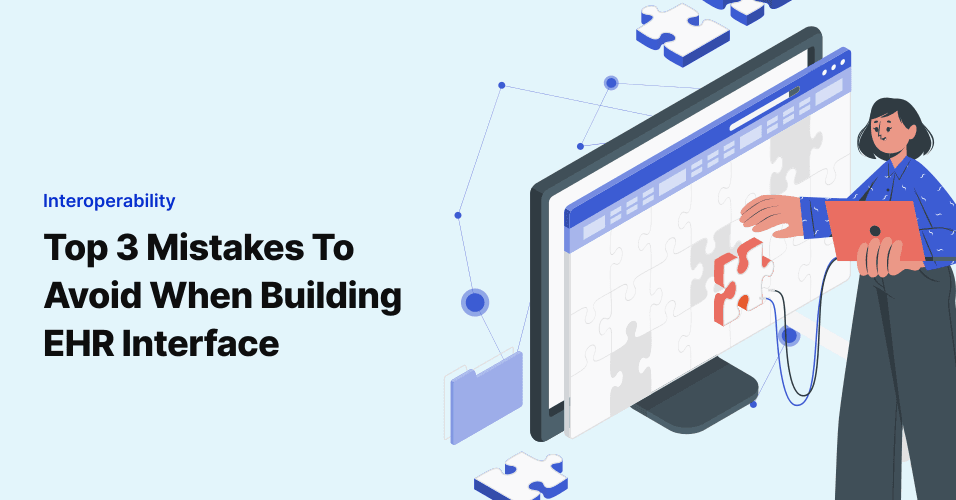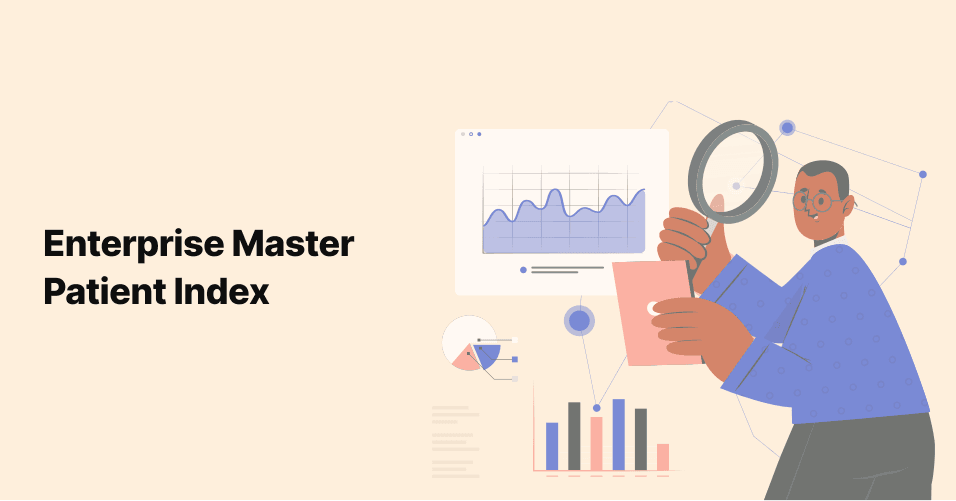
When and How to Upgrade or Replace Your Healthcare Data Platform
The Healthcare Data Platform is one of the most useful and effective innovations that have occurred in …

Health systems migrating from a legacy records solution to Epic EHR will no doubt reap significant benefits in the long run. However, the process to get there can be rather painful and even confusing. One of the key considerations: how to handle healthcare data conversion to Epic. Most hospitals don’t have the funds or the desire to maintain two versions of their EHR for a lengthy period of time, so setting up a PHI conversation plan that accounts for all the various decision points and variables to best support continuity of care is critical.
Today we’ll shed light on a few considerations worth discussing when health systems are implementing a new EHR and planning for legacy data handling.
Obviously there are several reasons why a healthcare entity cannot simply ditch existing data when it comes to implementing a new system. Hospitals must consider their state requirements regarding patient data retention, as well as their various contracts and CMS designations, with an understanding that HIPAA is going to expect keeping PHI on hand for at least six years. But there’s also the given need for providers to have continuous access to a given patient’s record without gaps in data or garbled conversion between systems (especially with discrete data).
Converting data between EHR solutions is a great opportunity to mindfully evaluate the value of existing interfaces and data inputs. There is certainly something to be said for retaining the same patient data that providers have come to rely on to deliver care, but this is also a chance to clear out some clutter. If existing interfaces often fail or are adding little to no value to the care experience, then now is as good of time as any to make some changes. (Just make sure to get clinical feedback and communicate the deltas accordingly.)
When making the transition to Epic from an existing EHR system, health systems have to consider timing and strategy based on cost. There is a lot of comfort in running parallel systems for a certain period of time, but that also means twice the system upkeep and the operating costs. This can quickly turn into a logistical nightmare and liability trap, but that doesn’t mean that an instant cut-over is all sunshine and rainbows either.
Many health systems prefer a phased approach to introduce certain data sets or even select users on a new platform before making the transition across the board. Regardless of the preferred mechanism, taking into account what the care system can afford in terms of support and parallel systems up and running is a very important factor in planning for EHR data conversion.
We’ve already covered retaining ePHI above, but a topic worth some additional commentary is how end users would access archived EHR data. Many storage solutions in general sound simple enough until you consider how access would occur if and when it’s needed. The solution can be far more cumbersome in hindsight than would warrant ad hoc access, especially acutely after the initial EHR conversion period. Maybe a document repository is established and logins are readily available, for example. But when busy clinicians are expected to track down a rarely-used set of credentials and page through PDFs to fetch older records, you’re either looking at a lot of grumbling or abandonment of efforts, the latter of which could have serious implications for continuity of care.
Helping clinicians and support staff bridge the gap between how patient data is represented and stored in a new Epic implementation versus a legacy EHR is absolutely vital. Even when a new healthcare technology provides far more value and improved user experience by offering up cool dashboards and leveraging discrete data to model trends and support clinical decision support, knowing how more simple data sets and standards are supported (such as image-based documents/reports) and displayed is just as important. If they weren’t important, then they wouldn’t be included in the patient record (since we already determined above whether an interface or data source was worth converting).
When data standards don’t fall into line with the latest and greatest, there may very well still be tremendous value in the payload. But the health system must come up with an efficient way to handle this information, normalize it whenever possible, and serve it up to physicians in a way that drives care forward and underlines the very impetus for healthcare data conversion efforts in the first place.
Join over 3,200 subscribers and keep up-to-date with the latest innovations & best practices in Healthcare IT.

The Healthcare Data Platform is one of the most useful and effective innovations that have occurred in …

One of the key benefits to hospitals for investing in a robust EHR like Epic is to not only cultivate their …

Duplicate, inconsistent, and incomplete patient records put patient lives at risk and in addition, your …